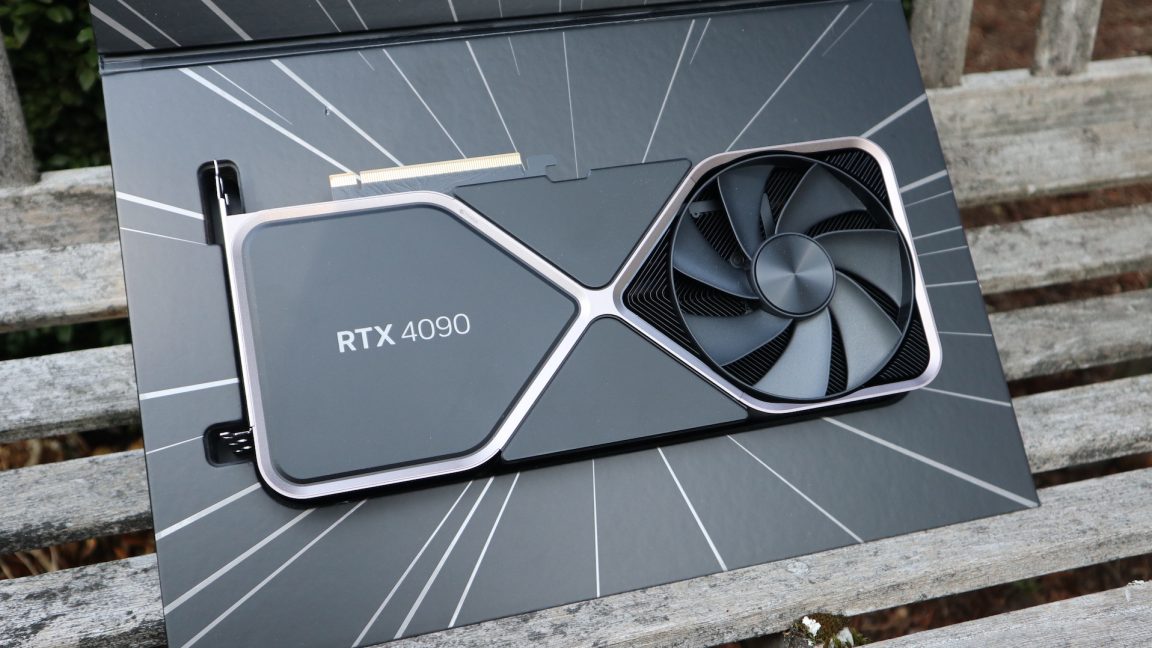Rumors say next-gen RTX 50 GPUs will come with big jumps in power requirements

Nvidia is reportedly gearing up to launch the first few cards in its RTX 50-series at CES next week, including an RTX 5090, RTX 5080, RTX 5070 Ti, and RTX 5070. The 5090 will be of particular interest to performance-obsessed, money-is-no-object PC gaming fanatics since it’s the first new GPU in over two years that can beat the performance of 2022’s RTX 4090.
But boosted performance and slower advancements in chip manufacturing technology mean that the 5090’s maximum power draw will far outstrip the 4090’s, according to leakers. VideoCardz reports that the 5090’s thermal design power (TDP) will be set at 575 W, up from 450 W for the already power-hungry RTX 4090. The RTX 5080’s TDP is also increasing to 360 W, up from 320 W for the RTX 4080 Super.
That also puts the RTX 5090 close to the maximum power draw available over a single 12VHPWR connector, which is capable of delivering up to 600 W of power (though once you include the 75 W available via the PCI Express slot on your motherboard, the actual maximum possible power draw for a GPU with a single 12VHPWR connector is a slightly higher 675 W).
Higher peak power consumption doesn’t necessarily mean that these cards will always draw more power during actual gaming than their 40-series counterparts. And their performance could be good enough that they could still be very efficient cards in terms of performance per watt.
But if you’re considering an upgrade to an RTX 5090 and these power specs are accurate, you may need to consider an upgraded power supply along with your new graphics card. Nvidia recommends at least an 850 W power supply for the RTX 4090 to accommodate what the GPU needs while leaving enough power left over for the rest of the system. An additional 125 W bump suggests that Nvidia will recommend a 1,000 W power supply as the minimum for the 5090.
We’ll probably know more about Nvidia’s next-gen cards after its CES keynote, currently scheduled for 9:30 pm Eastern/6:30 pm Pacific on Monday, January 6.







